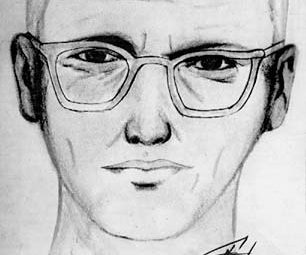Zodiac Killer

This unidentified killer is thought to have lurked the streets of San Francisco from 1968 to 1969. He has five known murder victims, but in his various taunting messages left for the police and press, he claimed to have killed 37 people.
Among his messages, the self-named Zodiac Killer produced four ciphers, two of which remain unsolved. The only suspect that the police ever named to the public was a former elementary school teacher named Arthur Leigh Allen, who passed away in 1992.
Jack the Ripper

In 1888, Jack the Ripper targeted female sex workers living in the poorest parts of London’s East End. The so-called “canonical five” victims of the Ripper were named Mary Ann Nichols, Annie Chapman, Elizabeth Stride, Catherine Eddowes and Mary Jane Kelly – all but one of whom were discovered dead in the streets.
This killer partially dissected a few of these bodies, leading the police to think the criminal had some medical training or knowledge. Over the years, it has been theorized that Jack the Ripper could have been a doctor, an aristocrat or a butcher. One theory claims that Jack the Ripper was in fact a woman.
Storyville Slayer

Nicknamed after a long-disbanded red light district, the Storyville Slayer reportedly beat, strangled and drowned at least 24 women in New Orleans in the 90s. Their bodies were found in canals and rivers, often near Lake Pontchartrain. Tragically, some of his victims – mainly young African American women – have never been identified.
A policeman and a taxi driver have both fallen under suspicion during police investigations. The cabbie Russell Ellwood was found guilty of killing one known victim, mother-of-four Cheryl Lewis, and he was sentenced to life imprisonment in 1999.
Monster of Udine

The Monster of Udine, or Mostro di Udine, prowled the Udine district of north-eastern Italy from 1971 to 1989. This figure killed at least four women, leaving each with a deep and clean slash across their abdomen with a medical appearance. The cut looked similar to a Caesarean section.
Much like Jack the Ripper’s case, the precise dissection of these victims indicates some medical knowledge in the perpetrator. There are over ten other suspected victims, variously stabbed and strangled across the region. Gripped in the hand of one murder victim was a bunch of keys, the owner of which has never been identified.
A6 Disappearances
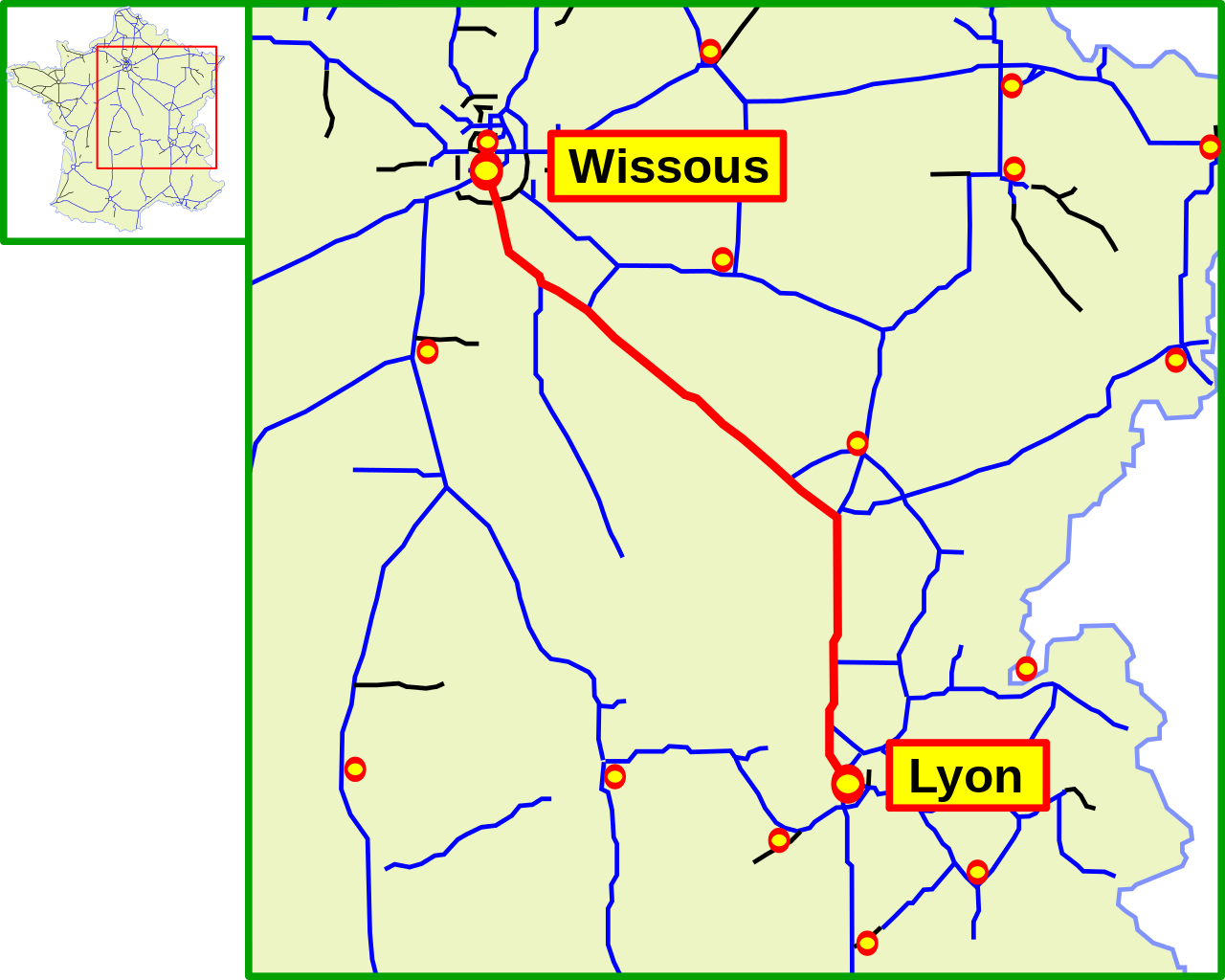
In an astonishingly long-running mystery, murders and disappearances took place along France’s A6 motorway between 1984 and 2005. The 200km stretch of road under investigation earned the French nickname “triangle de la peur” – the triangle of fear.
The five known murder victims were aged between 13 and 37, and all female. Two men have been convicted in relation to these cases, but police are still uncertain about whether some of the murders were the work of an unidentified serial killer, or possibly multiple serial killers.
Alphabet Killer
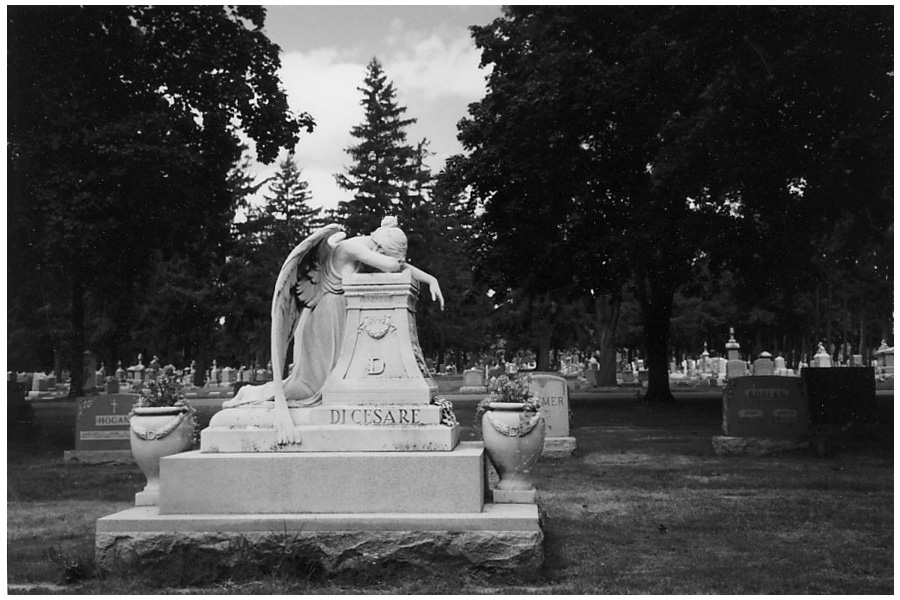
This figure is accused of abducting, assaulting and murdering three young girls in Rochester, New York. These violent acts took place between 1971 and 1973 and horrified the nation.
The so-called Alphabet Killer earned their name because their victims all had alliterative names – Carmen Colón, Wanda Walkowicz and Michelle Maenza – and each was disposed of in a local area with a matching initial – Churchville, Webster and Macedon respectively. The three girls were finally laid to rest in Holy Sepulchre Cemetery.
Atlanta Ripper
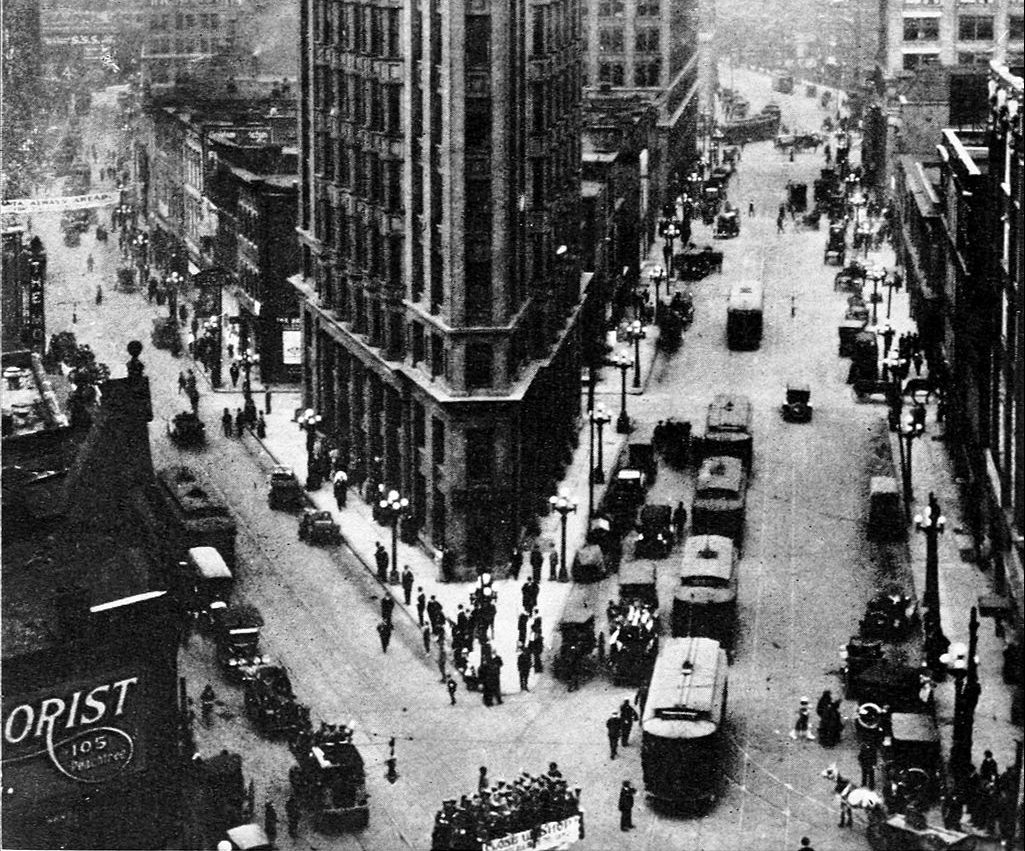
The Atlanta Ripper murdered at least 15 women, and possibly as many as 21, in Georgia’s state capital from 1911 to 1912. At the time, the Baltimore Sun reported that the victims were all black, “good-looking, neatly dressed and physically attractive” and “invariably… highly spoken of by their employers.”
The women were killed with a sharp object and later mutilated. No one was ever convicted of the murders, and multiple killers may have been responsible.
Bible John
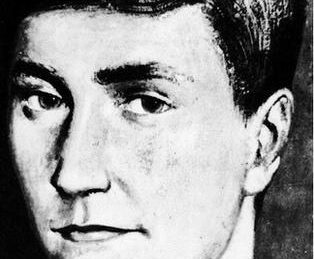
Bible John is the nickname of a man believed to have killed three women in Glasgow, Scotland. He met all his victims at the Barrowland Ballroom, and in one case, he shared a cab ride home with his soon-to-be victim as well as the victim’s sister. This sister later recalled that the suspect called himself John, and he loved quoting the Bible.
This case led to one of the biggest manhunts in Scotland’s history, but it remains open and unsolved. Investigators have claimed that others must have aided this man in hiding from justice for so many years.
Phantom of Texarkana
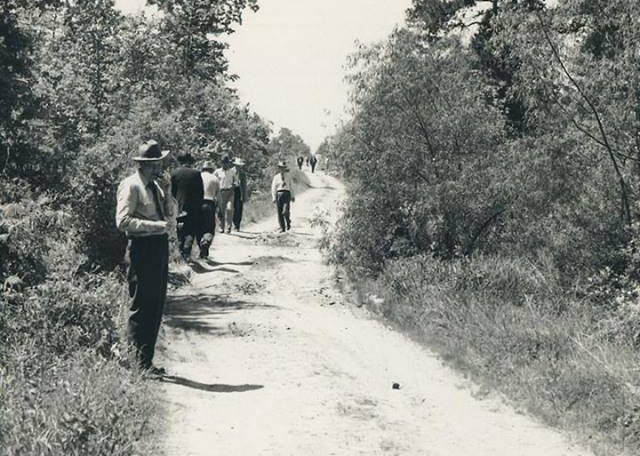
The Phantom of Texarkana is the alleged perpetrator of eight murders and violent attacks in the Texarkana region over ten weeks in 1946. This character was also dubbed the Phantom Killer or Phantom Slayer, and his crimes were called the Texarkana Moonlight Murders.
It appears that the Phantom targeted couples in their vehicles at lovers’ lanes. The attacks triggered widespread panic, with local stores selling out of ammunition and door locks. The police received countless reports of suspicious figures, which they attributed largely to public hysteria.
Wednesday Strangler

The Wednesday Strangler targeted women and girls in the Saga Prefecture of Japan from 1975 to 1989. Their ages ranged from 11 to 50. Six of this killer’s seven victims vanished on Wednesdays, hence the distinctive nickname.
Police breathed a sigh of relief when a 26-year-old man confessed to three of these killings in 1988. But he soon recanted his confession; the interrogating officers were accused of coercion; and he was found innocent by a court that also highlighted a lack of conclusive evidence in the case.
Axeman of New Orleans

The Axeman of New Orleans was an unidentified, axe-wielding killer who committed atrocities sometime between 1879 and 1922. A racial motive may have been behind the killings, as most of the victims were Italian-American. Contemporary media accounts sensationally linked the crimes to the mafia.
But most strangely of all, on March 13, 1919, the killer reportedly penned a letter to the press of New Orleans. “Now, to be exact, at 12:15 (earthly time) on next Tuesday night, I am going to pass over New Orleans… I swear by all the devils in the nether regions that every person shall be spared in whose home a jazz band is in full swing at the time I have just mentioned.” Sure enough, the city was full of jazz music that night, and no murders took place.
Thames Torso Murderer
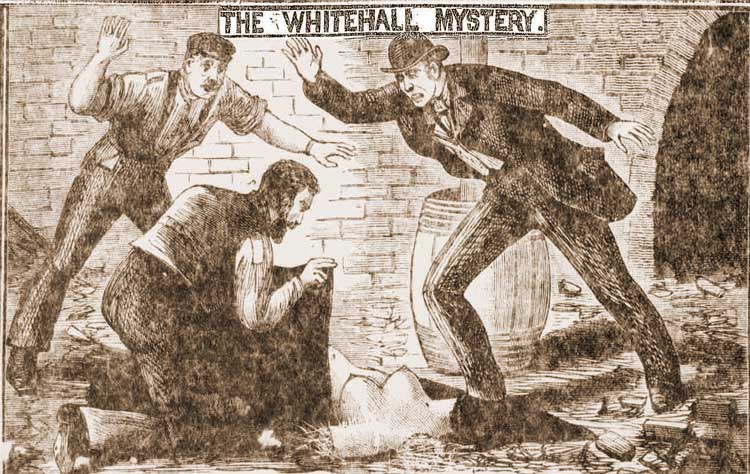
The Thames Torso Murders took place in Victorian London, with four “canonical victims” identified but a further four cases, one of which took place in Paris, associated with these disturbing events. Each canonical victim was a woman whose torso or other body parts were found dumped in the River Thames. One victim’s torso was discovered at the future site of Scotland Yard.
Initially written off as a prank by medical students, these cases eventually gained notoriety and many people linked them to Jack the Ripper, who was active around the same time. But the police stated there was no connection, and the Ripper’s style of killing was noticeably different from the Torso killer.
Ann Arbor Hospital Killer

Ann Arbor is a buzzing city in Michigan, home to the state university and filled with 12,000 staff from its academic hospital complex. So when 10 patients died in strange circumstances at the local VA hospital in 1975, a major investigation was soon underway.
In one 20-minute period, three patients suffered respiratory failure and were rushed into emergency treatment. One anaesthesiologist suspected they had been given a paralyzing drug. Investigators pointed the finger at two nurses present on the ward, but their court trial was marred by accusations of racism and a total lack of motive, and the case against them ultimately fell through.
Bigfoot Killer
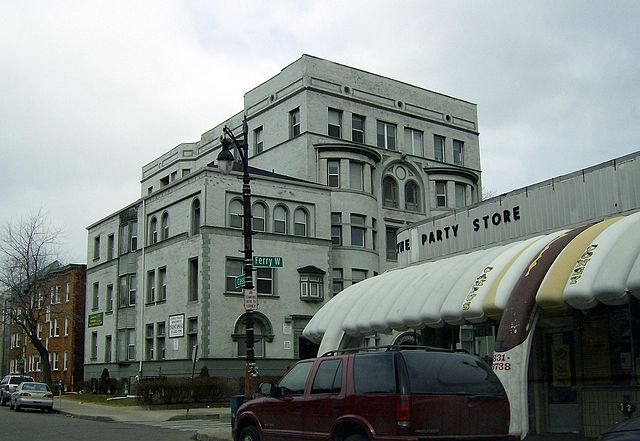
In 1975, a man committed various rapes around the city of Detroit before progressing to murder. He killed at least seven women and girls, and he reportedly lured victims into his vehicle – a beige Oldsmobile.
According to witnesses and footprint evidence, this killer had particularly large hands and feet, leading to his nickname ‘Bigfoot’, but also offering a clue: he may have suffered from the excessive growth disorder acromegaly. One wealthy local man aged 29 was considered a suspect, but he provided cast-iron alibis for at least four of the crimes and was later released.
Bouncing Ball Killer

This figure is suspected of killing as many as nine women in Los Angeles between 1959 and 1960. Notably, all his victims were middle-aged or old – aged from 57 to 83 – and all the crimes were sexually motivated. He earned his nickname when a witness told the cops she had seen a six-foot African American man in Ivy League clothes walk out of one victim’s apartment, bouncing a rubber ball as he walked.
28-year-old Henry Busch was arrested for attempted murder one year later, and while in police custody, he confessed to three of the murders. He later said he was inspired by the Hitchcock movie Psycho. Busch was executed for these crimes – but investigators do not believe he was responsible for the six other murders. He did not match the neighbour’s description at all.
Butcher of Mons

The Butcher of Mons terrorized residents of this Belgian city between 1996 and 1997. All of his victims often visited the Mons railway station and were all troubled by family problems or financial stress. They were all women, and one was a mother of four children.
This killer dismembered his victims and put their remains into garbage bags in clearly visible locations, and every discovery site has an evocative name: Avenue des Bassins (Bassins can mean either “basin” or “pelvis”), Rue du Depot (“depositing street”), the river Trouille (“fear”) and the river Haine (“hatred”).
Chicago Strangler

In an ongoing mystery, a suspected serial killer has strangled and stripped at least 50 women around the city of Chicago. They were then left in abandoned buildings, bins, parks or snowdrifts. 13 men have been arrested in connection with the cases, and 25 cases have been closed.
But the similarities between these killings drew the attention of the Murder Accountability Project. After careful investigation, this group claimed that a number of factors in this case indicate a potential serial killer situation. The Chicago Police Department, on the other hand, have stated there is no evidence of a serial killer behind these attacks.
Redhead Murders
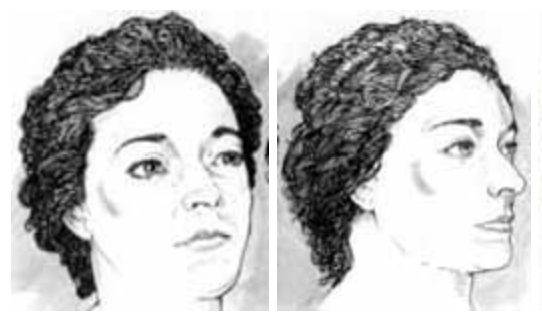
Also known as the Bible Belt Strangler, this suspected serial killer targeted women with red hair. The killings took place between 1978 and 1992 and involved a massive investigation, as the hitchhiking victims were spread out across the states of Tennessee, Arkansas, Kentucky, Mississippi, Pennsylvania and West Virginia.
It took decades to identify the victims, with only four identified by 2018. As many as 14 people may have perished in these attacks. Authorities are uncertain whether these attacks were the work of one or multiple killers.
Freeway Phantom
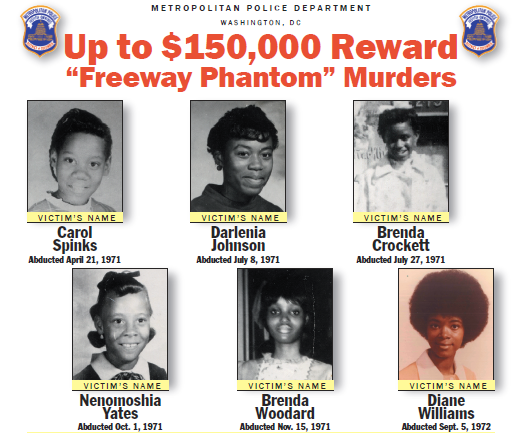
The Freeway Phantom brutalised six women and children in Washington, DC between 1971 and 1972. This unsolved serial killer case still has a reward of $150,000 for anyone who can provide further information.
In the pocket of one victim’s coat, a message from the killer was discovered: “this is tAntAmount to my insensititivity [sic] to people especiAlly women. I will Admit the others wheN you cAtch me iF you cAn! FRee-wAy PhanTom.” The note had been penned by the victim herself.
Madman of the Route

El loco de la ruta, or Madman of the Route, was a suspected serial killer who committed murder in Mar de Plata, Argentina in the late 90s. At least 14 female sex workers were assaulted, murdered and left in a mutilated state by local highways.
One of the victims had the expletive ‘puta’ scratched onto her back. No-one has ever been convicted of these atrocities. A group of corrupt police officers have been accused of involvement in the killings.
Hamburg Rubble Murderer

Hamburg was still devastated by bombing from the Second World War when this unidentified killer committed a series of murders in 1947. Four murder victims were discovered in derelict and crumbling sites, and all had been stripped and stripped, and they ranged from a six-year-old girl to a man in his 60s.
None of the victims were ever identified, and it is suspected that they were transients. The Hamburg Police resorted to warning the public against engaging with strangers in homeless shelters and waiting rooms.
Honolulu Strangler

The Honolulu Strangler is accused of killing five women in Hawaii from 1985 till 1986. Honolulu enjoys one of the lowest city crime rates in the entire USA, and there is only one other known serial killer from the region – Eugene Barrett, who died in jail in 2003.
The victims of the suspected Honolulu Strangler were Vicki Gail Purdy, Regina Sakamoto, Denise Hughes, Louise Medeiros and Linda Pesce, ranging in age from 17 to 36. In the case of Linda Pesce, a man named Howard Gay claimed a psychic had told him her body was on Sand Island – and sure enough, the police later discovered it at that location.
Järvenpää Serial Killer

Two or more victims fell to this killer, who operated in the Hausjärvi municipality of Finland in the 1990s. The victims, all women, were discovered near to a gravel pit, which was then the subject of extensive excavations.
The Finnish National Bureau of Investigation announced that the killings were the work of a single but unidentified perpetrator. According to Helena Meriläinen, who was abducted by the killer but managed to flee, he was about 1.70 m with dark curly hair, his car contained a child’s seat, and he spoke of having a bad relationship with his wife.
The Münsterland Killer
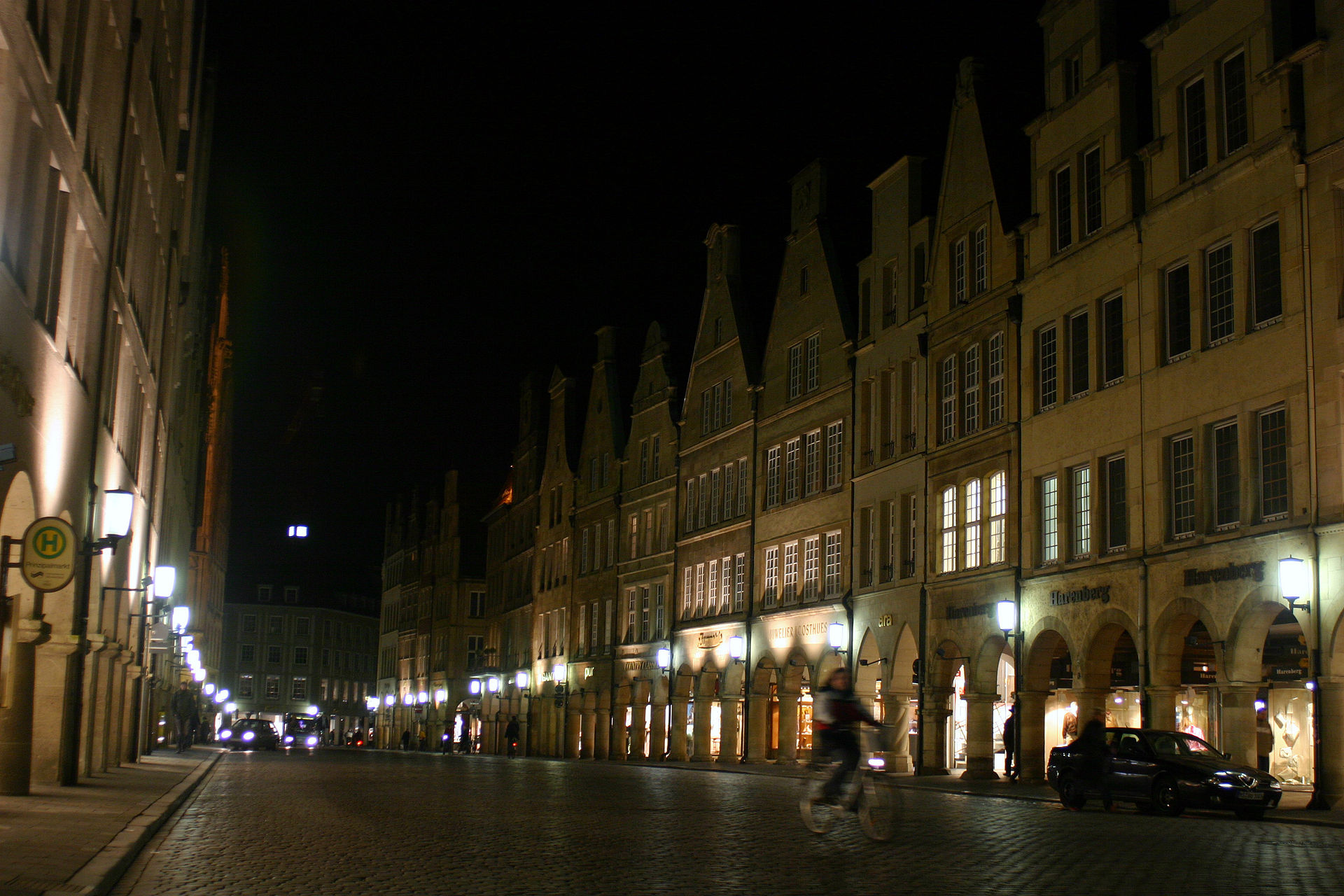
The four known victims of this 70s killer were from Münster and Bentheim, and they were all petite, young, dark-haired women. They had been robbed and left in unnatural poses. There appeared to be no sexual motive.
The main suspect was tall, with short, dark blond hair and a central parting. His age was difficult to ascertain. It appears that he knew the area very well, and he had access to a range of cars from Germany and elsewhere.
Bowraville Murders

These killings took place in an Aboriginal neighbourhood called The Mission in Bowraville, New South Wales, Australia. This serial killer’s victims were two sixteen-year-olds and one four-year-old, two of whom were cousins.
When the first victim disappeared in September 1990, the police did not take the case seriously and her body was never found, although some of her clothes had been weighed down with rocks and tossed into a local river.
I-70 Strangler
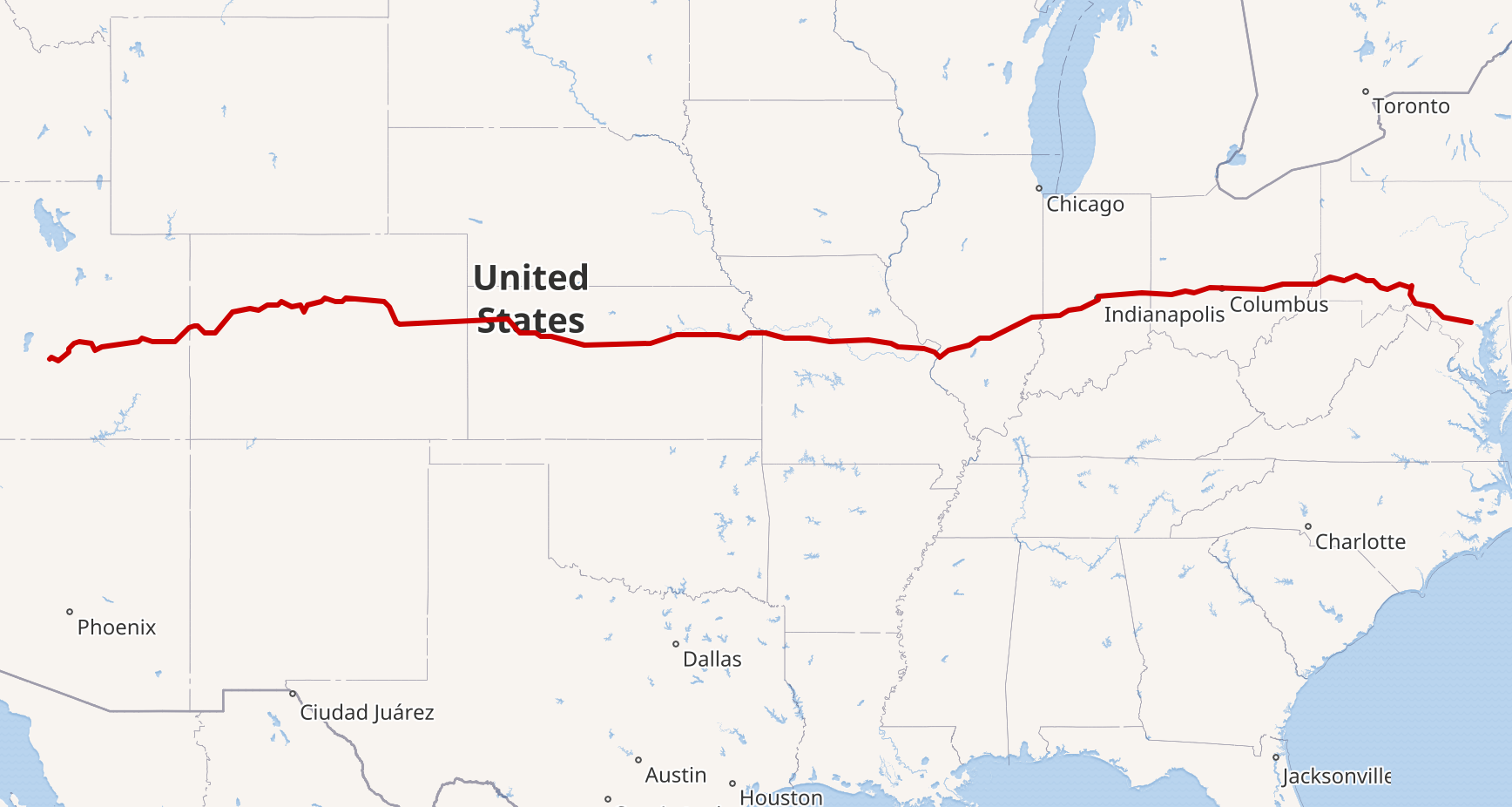
This killer operated in Indianapolis from 1980 to 1991, and he sought out his exclusively male victims in the city’s gay bars before strangling them and depositing their bodies alongside Interstate 70 (I-70). At least 12 victims aged 14-42 were linked to this horrifying figure.
The FBI theorized that two different men were responsible for the killings, who were most likely both closeted and took out their frustrations in these violent attacks. Also among the suspects was Herb Baumeister, a wealthy businessman who killed himself after his arrest warrant was issued.
Dr. No

This Ohio killer murdered at least nine women and girls, who were mostly sex workers, between 1981 and 2004. By examining biological evidence, investigators began to suspect all these crimes were the work of one killer. One of his victims, Shirley Dean Taylor, was linked to a regular client named “Dr. No”. Likewise, his later victim Anne-Marie Patterson was also linked with a dangerous client of the same name.
After interviewing hundreds of sex workers and truck drivers, the police concluded that the killer was probably a tall, large, fair-skinned man who drove a silver truck with a red hood. They detained five people but never found the culprit.
The Doodler
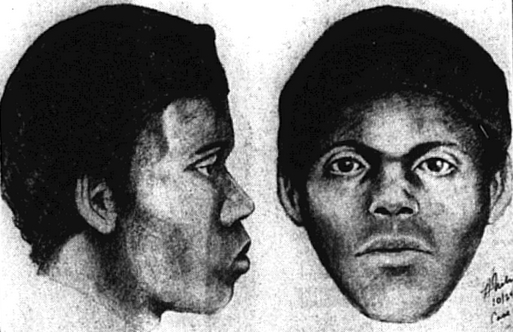
This killer picked up his victims at gay nightclubs and bars in San Francisco, California between 1974 and 1975. He may have committed as many as 16 murders, and he received the nickname “The Doodler” because he reportedly sketched his victims before attacking them.
Among his victims were a Vietnam War veteran, a lawyer and a Swedish-American immigrant. According to the cops, the main suspect was a tall, thin, black man who was probably aged between 19 and 25.
Flat-Tire Murders

The so-called Flat-Tire murders were a series of apparently linked killings that took place in Broward and Miami-Dade Counties, Florida in the mid-80s. At least 12 women and girls perished in these attacks, and the killer’s modus operandi in two cases was to deflate his victims’ car tires.
Some sleuths and investigators have suggested this killer may have been responsible for as many as 30 murders across multiple states. In 2021, the case was brought back to public attention with the publication of a book, The Flat Tire Murders: Unsolved Crimes of a South Florida Serial Killer.
Golden Years Murders

The Golden Years Murders involved the grisly demise of at least 13 women, all of whom lived alone and were aged between 55 and 89. These attacks, which took place in the 1990s, occurred in the affluent neighbourhood of West End in Richmond, Virginia.
The first six suspected victims were all black women, stabbed to death. The following seven victims were white women, each strangled. The case brought racial tensions to the surface, as members of the NAACP pointed out that the authorities were more concerned with solving the murders of the white victims than the black victims.
The Babysitter

The Babysitter, otherwise known as the Oakland County Child Killer, was responsible for the deaths of at least four children in Oakland County, Michigan between 1976 and 1977.
The killer earned this disturbing nickname due to their washing each child before killing them, disturbingly demonstrating care prior to the brutality. The four children known to be killed were all found washed and clothed but dead after being held captive by the Babysitter for anywhere between four and 19 days.
Highway of Tears Killers

A long stretch of Highway 16 in British Columbia, Canada was the place where between 18 and 40 people were killed between 1969 and 2011. The majority of the murder victims were indigenous women.
Since the murders took place over such a wide span of time, it is thought that several killers may actually be responsible. Serial killer Bobby Fowler was suspected of the murders when his DNA was found on one of the victims, but it was concluded that it would be impossible for him to be responsible for the majority of the cases due to his movements at the time.
The Servant Girl Annihilator
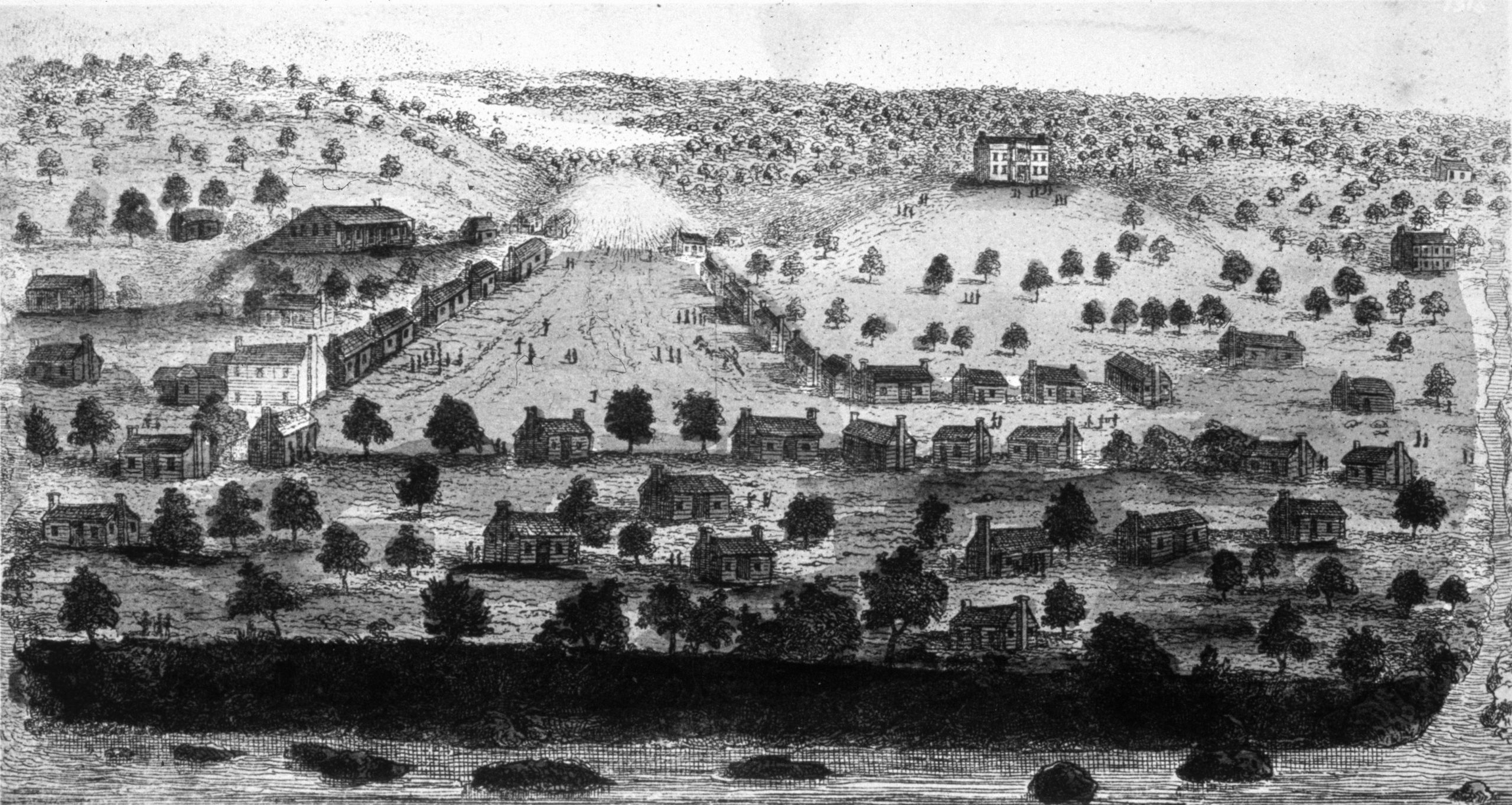
Active in Texas between December 1884 and December 1885, the Servant Girl Annihilator killed at least eight people and was nicknamed fittingly due to mainly targeting servant girls.
The victims were targeted while they slept, with some dragged outside where they came to a bloody end. The paranoia in Austin, Texas that followed was enormous, with over 400 men being suspected of the crimes. Following an increase in community vigilance and extra safety measures, the murders stopped after a year.
Saw-Killer of Hanover
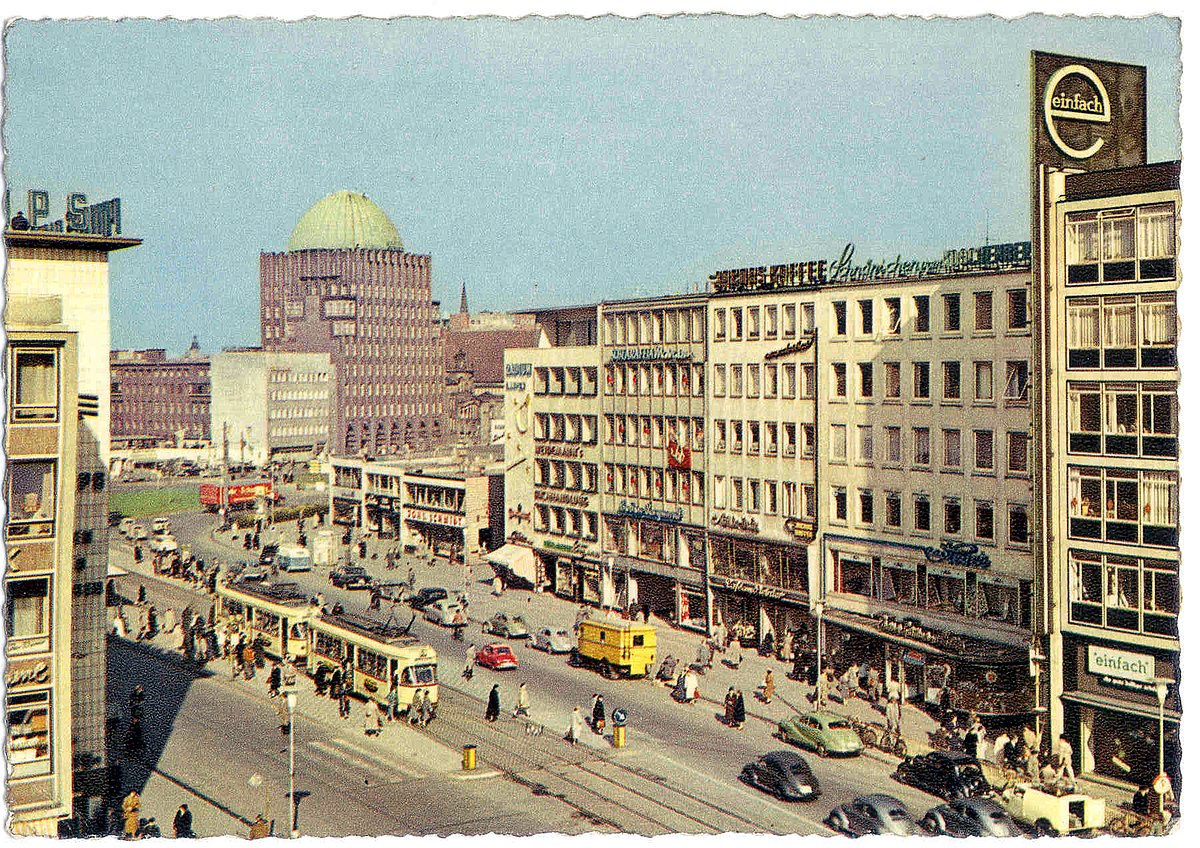
In the 1970s in Hanover, Germany, the body parts of at least four women and two men were found scattered around the city, dismembered by what seemed to be a saw.
13 body parts were found in total, though it is suspected that there were more victims, since the entirety of most bodies were never found. The murders ended very suddenly in 1977, suggesting to investigators that the killer either moved or was incarcerated for another crime, but their identity remains unknown.
Belize Ripper

The Belizean serial killer known as the Belize Ripper abducted, raped, and murdered five girls in Belize City between 1998 and 2000. The girls targeted were aged between 8 and 14.
These killings caused panic throughout Belize, especially with similar crimes unrelated to the Belize Ripper occurred around the same time. Despite much investigation, the Belize Ripper remains this tiny nation’s largest cold case to date.
